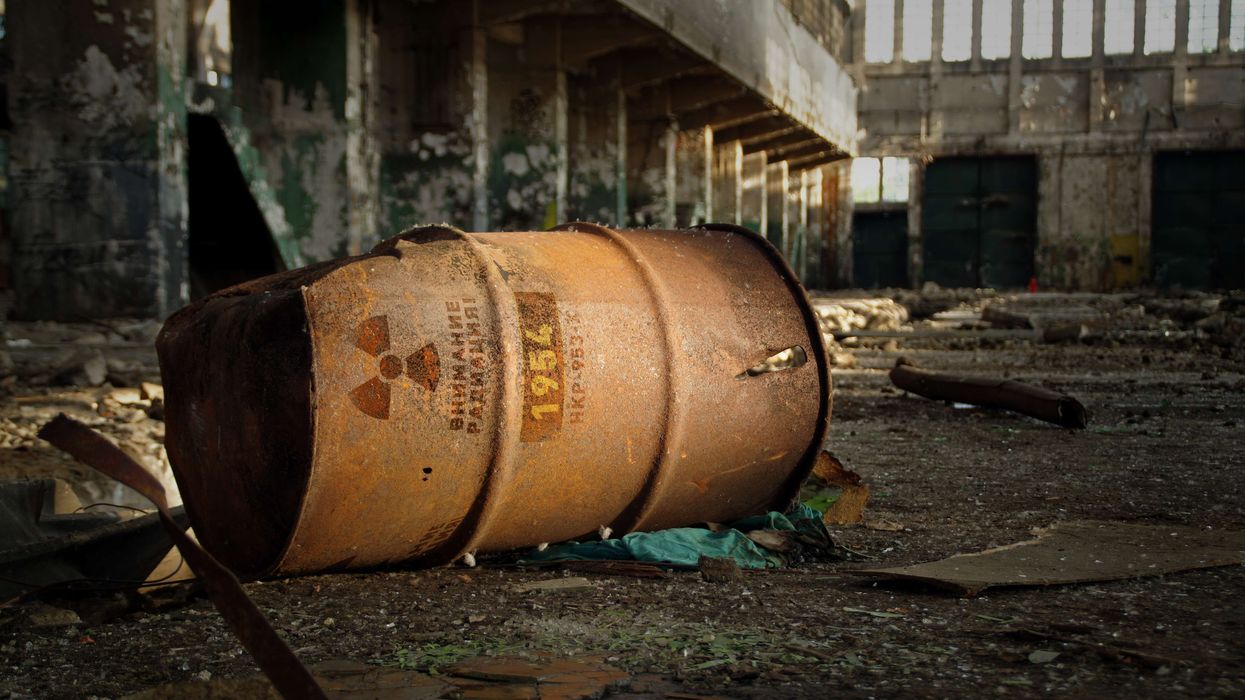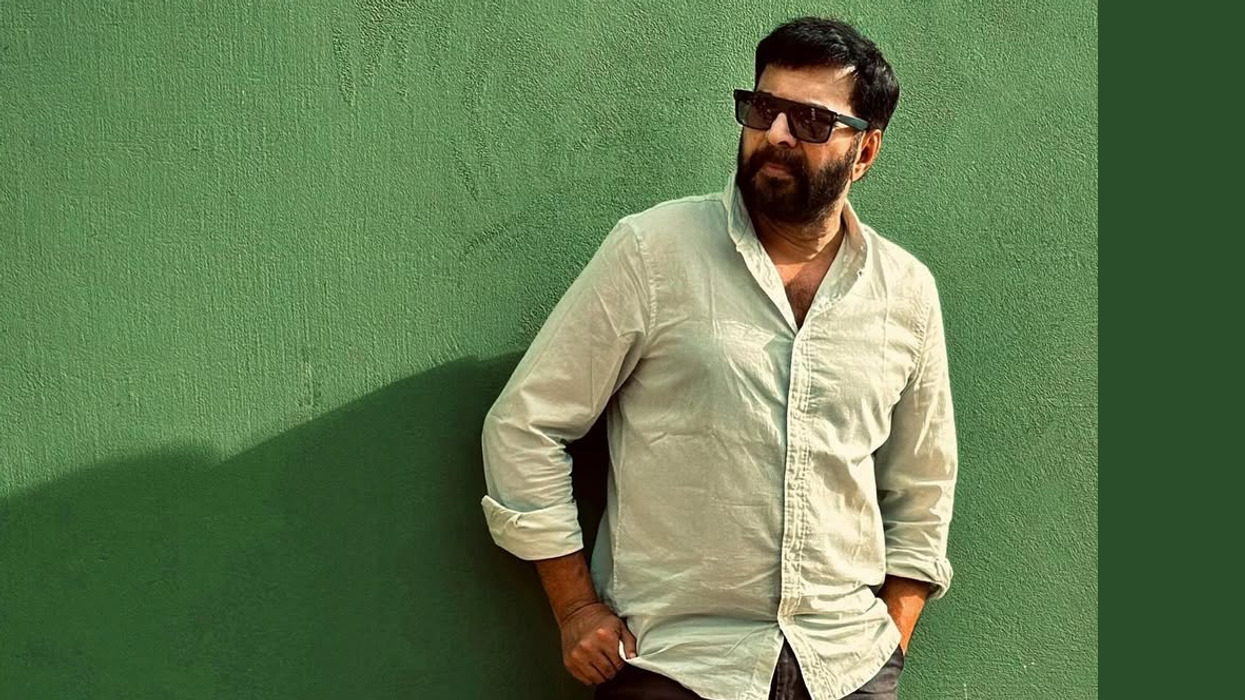National Health Services (NHS) England has recently announced a significant shift in its approach to gender identity services, confirming that children will no longer be routinely prescribed puberty blockers.
This decision follows a review that highlighted a lack of sufficient evidence regarding the safety and effectiveness of these treatments.
Previously, puberty blockers were commonly used to temporarily halt the physical changes associated with puberty in children questioning their gender identity.
However, they will now only be available as part of research initiatives. This change comes shortly before the release of an independent review into gender identity services in England.
The interim report from Dr Hilary Cass, published in 2022, identified gaps in evidence surrounding these drugs and called for a reevaluation of care models for children experiencing gender-related distress.
The review was prompted by a significant increase in referrals to the Gender Identity Development Service (Gids) at the Tavistock and Portman NHS Foundation Trust, rising from 250 per year to over 5,000 in 2022.
While fewer than 100 young people in England are currently prescribed puberty blockers, they will be allowed to continue their treatment. NHS conducted a public consultation on the use of these medications, resulting in an interim policy introduced last year, limiting their prescription to research trials or exceptional circumstances.
Under the newly confirmed policy, puberty blockers will not be routinely prescribed outside of research trials. However, individual clinicians can still apply to have the drugs funded for patients on a case-by-case basis.
What are puberty blockers and how do they work?
Puberty blockers instruct the brain to cease the release of hormones associated with puberty.
For individuals assigned female at birth (AFAB), these blockers usually reduce estrogen production. This action prevents breast development and menstrual cycles.
For individuals assigned male at birth (AMAB), puberty blockers generally decrease testosterone production. This halts the deepening of the voice, growth of facial hair, and development of testicles.
The body of an individual makes fewer sex hormones and because sex hormones are needed for people to go through puberty, puberty stops.
The closure of Gids at the end of March marks the beginning of a transition period, with new NHS services set to open in London and Liverpool at the start of April. Additional regional specialist centres are planned to follow over the next two years.
Health minister Maria Caulfield emphasised that children's safety and well-being are paramount, welcoming the decision to end the routine prescription of puberty blockers. She highlighted the importance of evidence-based care guided by expert clinical opinion.
The consultation on the future of gender services garnered over 4,000 responses, including input from trans adults and clinicians.
John Stewart, national director of specialised commissioning at NHS England, noted the polarised nature of the debate surrounding puberty blockers. While some advocated for continued access to these treatments through research, others expressed fundamental disagreement with their routine availability.
NHS aims to commence its study into the use of puberty blockers by December 2024, with details regarding participant eligibility yet to be determined.
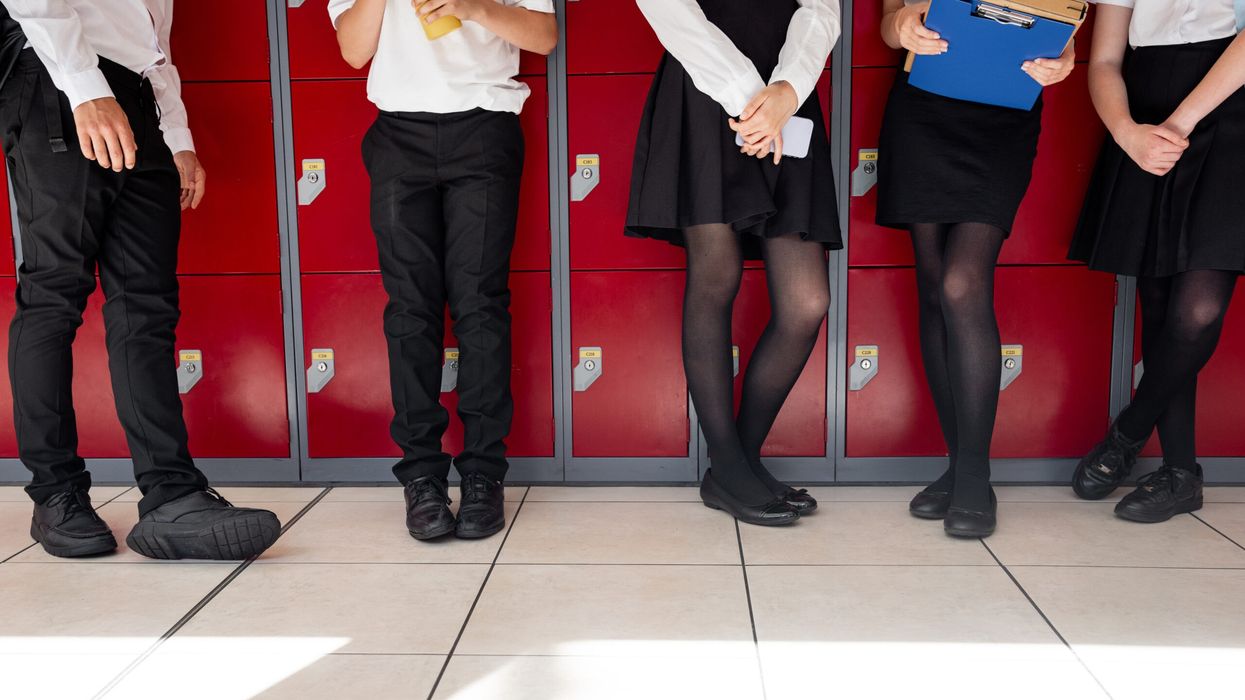
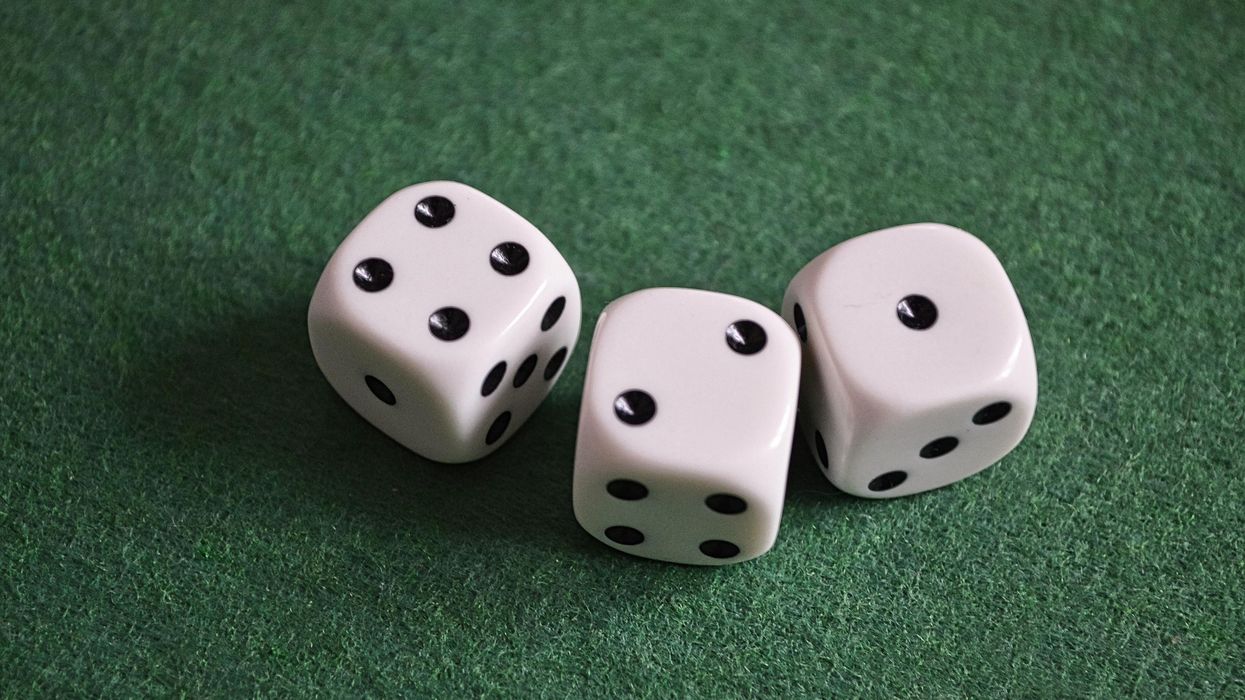
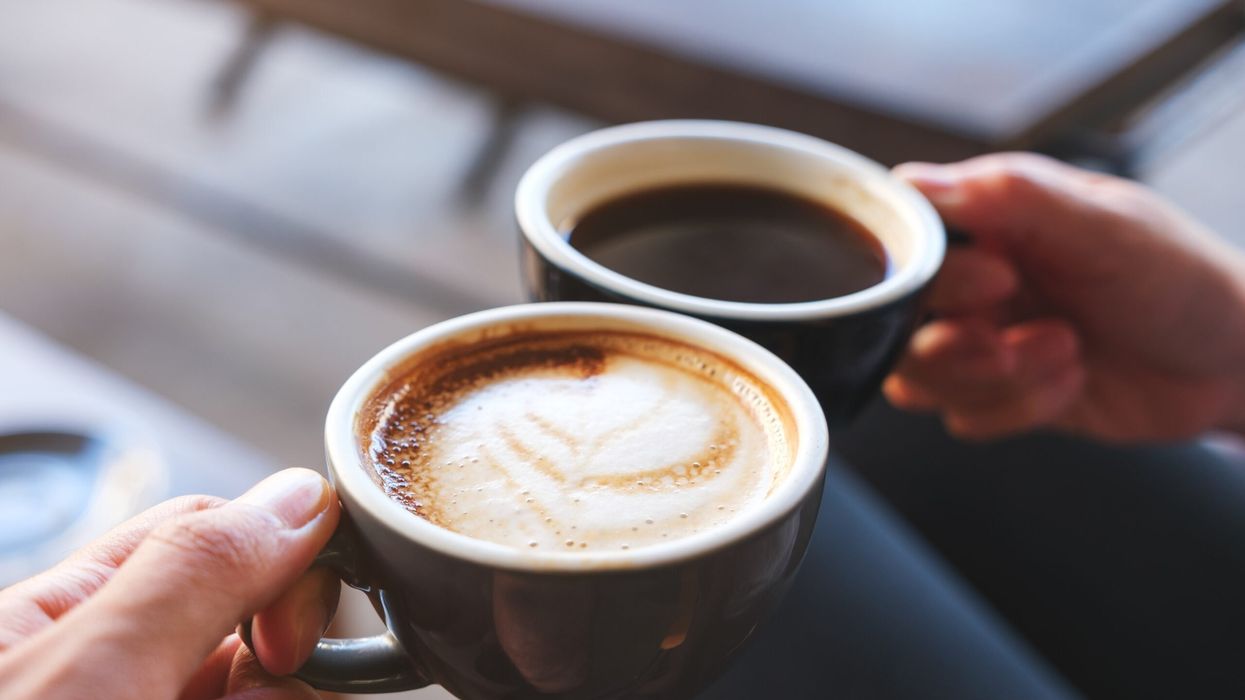
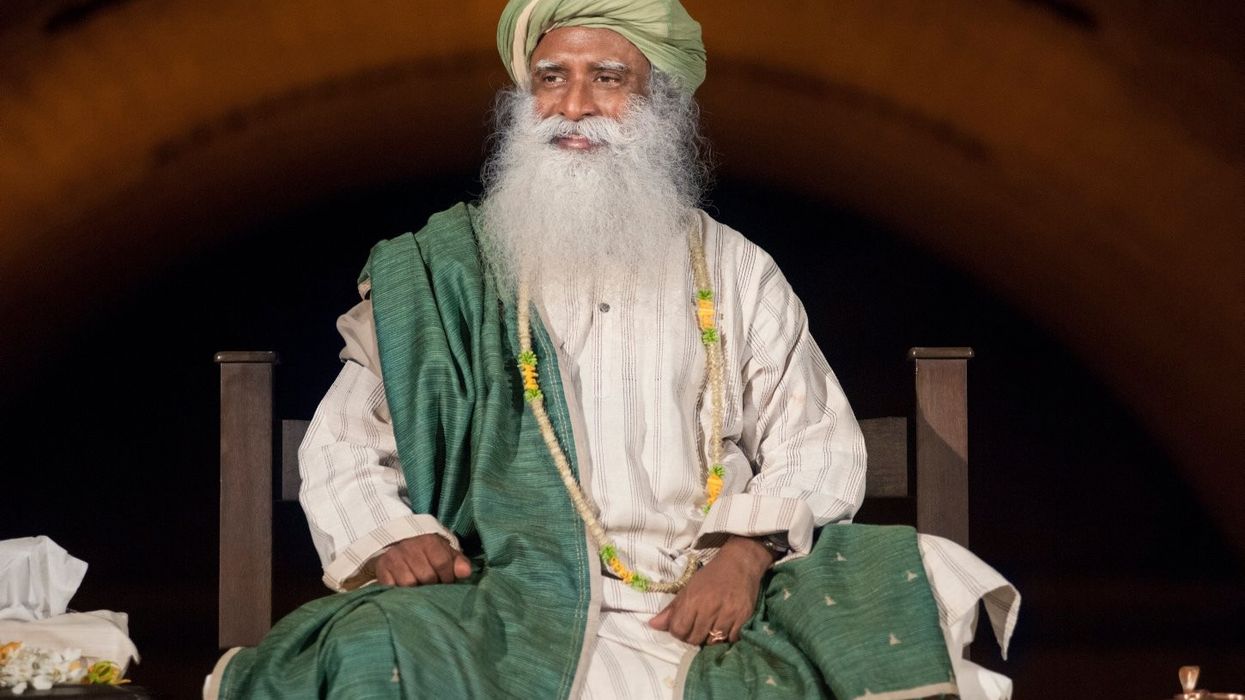
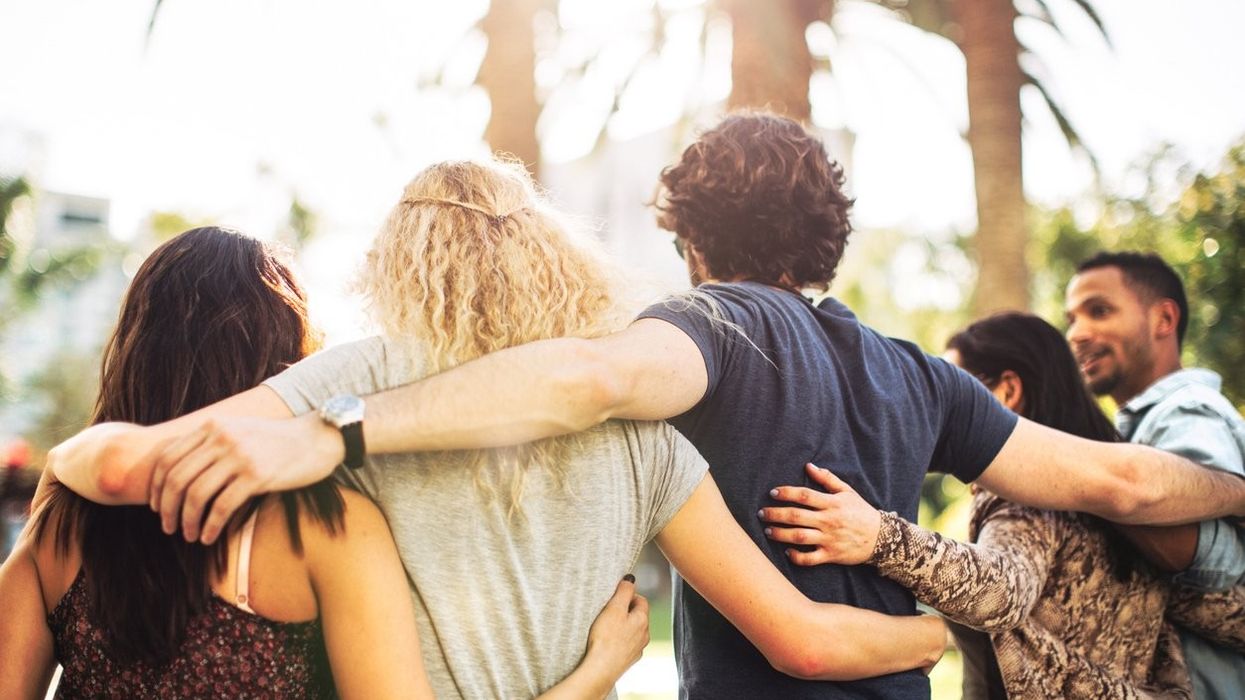

 Jahanvi Tiwari is reshaping global beauty by celebrating brown skin Jahanvi Tiwari is reshaping global beauty by celebrating brown skin
Jahanvi Tiwari is reshaping global beauty by celebrating brown skin Jahanvi Tiwari is reshaping global beauty by celebrating brown skin  Jahanvi Tiwari celebrates brown beauty for a global audience
Jahanvi Tiwari celebrates brown beauty for a global audience The Brown Daughter creator champions inclusivity and self-confidence
The Brown Daughter creator champions inclusivity and self-confidence Jahanvi Tiwari turns representation into a lifestyle movement
Jahanvi Tiwari turns representation into a lifestyle movement 




